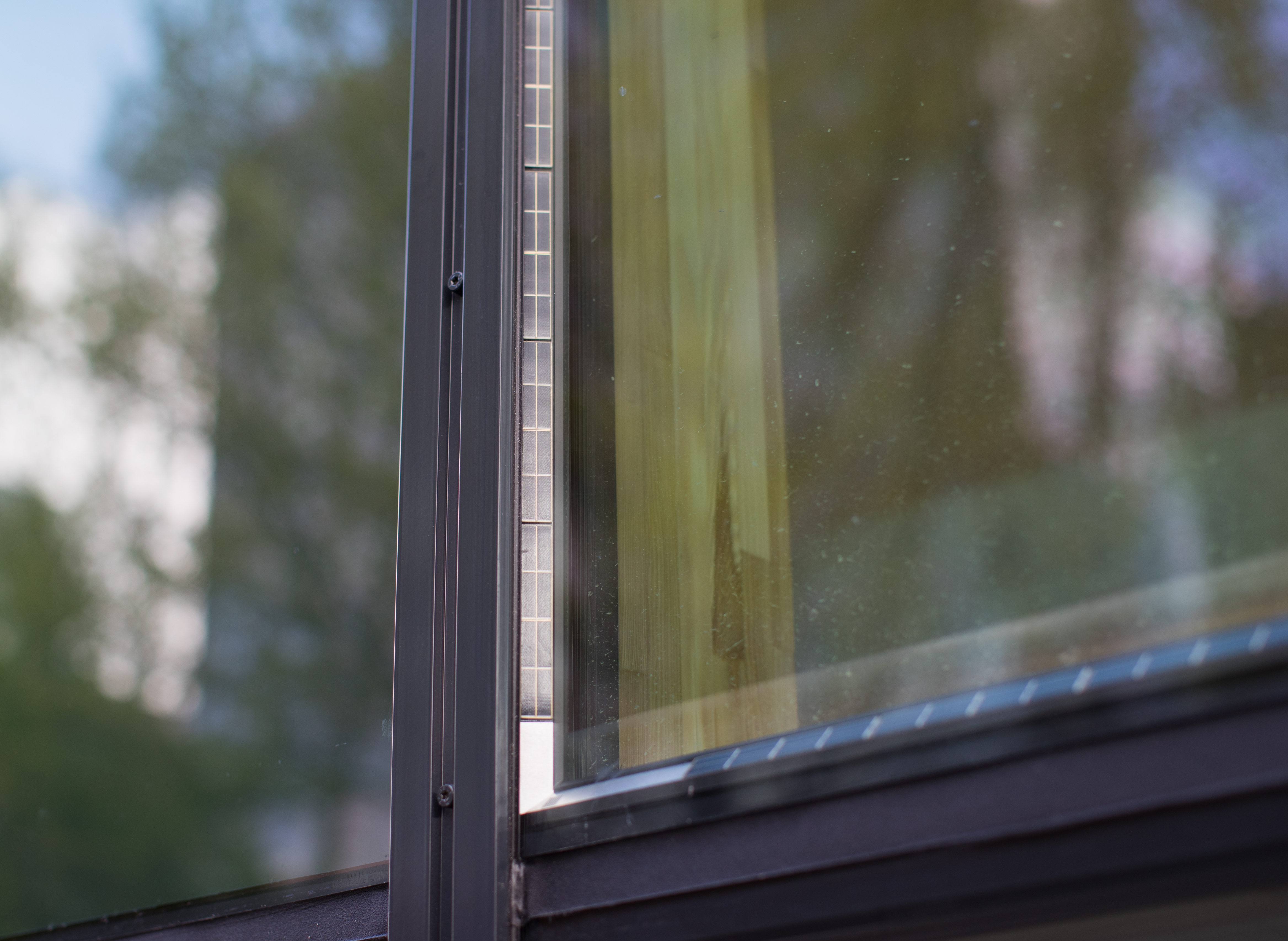When you buy through radio link on our web site , we may earn an affiliate delegacy . Here ’s how it works .
Windmills that would float C of miles out at ocean could one Clarence Day help satisfy our push needs without being eyesores from ground , scientists say today .
seaward wind turbines are not young , but they typically place upright on towers that have to be driven deep into the sea storey . This arrangement only works in water deepness of about 50 feet or less — close-fitting enough to land that they are still visible .

Among three designs for floating giant wind turbines in the deep ocean, MIT research is focusing on the tension leg platform (center), a system that oil companies use for deep-water rigs.
researcher at the Massachusetts Institute of Technology and the National Renewable Energy Laboratory ( NREL ) have designed awindturbine that can be attached to a floating platform . farsighted steel cables would tether the corner of the floating platform to a concrete - block or other moorage system on the ocean floor , like a high - tech ship anchor . The setup is promise a " tensity ramification platform , " or TLP , and would be cheaper than fixed towers .
" You do n’t pay off anything to be chirpy , " said Paul Sclavounos , an MIT professor of mechanically skillful engineering and naval architecture who was involved in the design .
The float platforms to sway side to side but not bob up and down . estimator simulations suggest that even during hurricanes , the platforms would reposition by only about three to six feet and that the bottom of the turbine blade would go around well above the peak of even thehighest wave . damper similar to those used tosteady skyscrapersduring high wind and earthquake could be used to further reduce crabwise movement , the investigator say .

Like the seaward windmills currently in use , the TLP ’s would use submarine cables to shuttle the electricity to land .
The researchers estimate their floater - bestride turbine could work out in water depths roam from about 100 to 650 feet . This mean that in the northeastern United States , they could be place about 30 to 100 international nautical mile out at sea . Because wind are strong far offshore , the floating windmills could also engender more energy—5.0 megawatts ( MW ) , compare to 1.5 MW for onshore units and 3.5 MW for conventional seaward setup .
To make unnecessary money , assembly of the TLP ’s could be done onshore — probably at a shipyard — and tow out to sea by a tugboat , the researchers say .

Sclavounos estimates that building and installing the TLP ’s should cost a third of what it cost to install current offshore column windmills . Another advantage of using floating program is that the windmills could be moved around . If a company with 400 malarky turbine in Boston needs more power in New York City , it can unhook some of their windmill and tow them in the south .
The researchers plan to install a half - scale image of their excogitation to the south of Cape Cod .
" We ’d have a minuscule social unit sitting out there to show that this affair can blow and act the manner we ’re say it will , " Sclavounos said .















